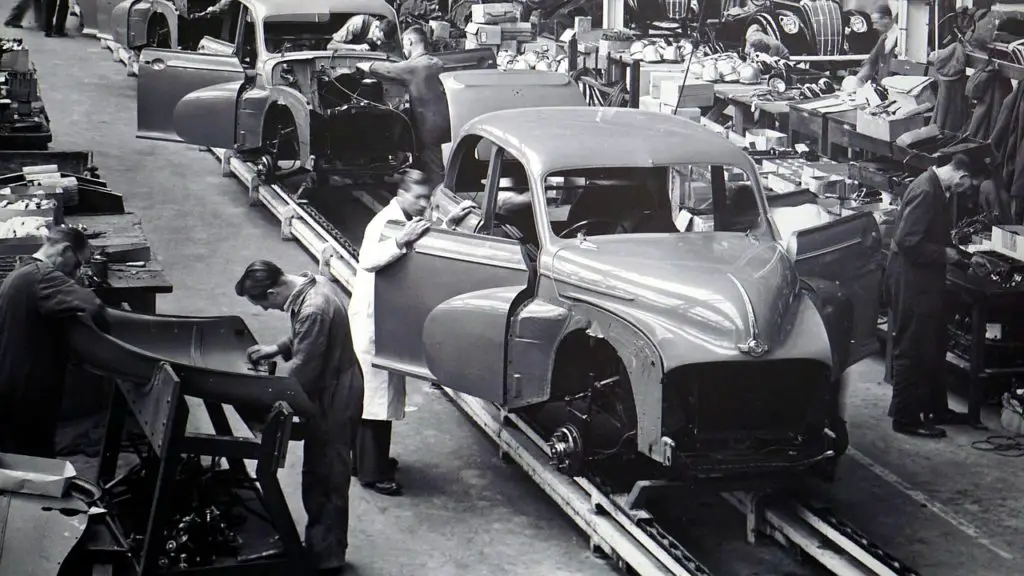Last Updated on 12/26/2017 by GS Staff
[otw_shortcode_dropcap label=”Q:” size=”large” border_color_class=”otw-no-border-color”][/otw_shortcode_dropcap] What are fixed assets?
[otw_shortcode_dropcap label=”A:” size=”large” border_color_class=”otw-no-border-color”][/otw_shortcode_dropcap] Fixed assets are tangible assets that are intended to be used for business operations that have a useful life beyond a year. These assets are commonly called property, plant and equipment (PP&E). They are not intended for resale and are not a part of the product that is sold.
They are assets that cannot be easily converted into cash. Most fixed assets are subject to depreciation with the exception of land in many cases. They appear on the balance sheet at their book value, which is their initial cost minus any accumulated depreciation. Think of these assets as the ones that help produce the goods or services of a business to potentially create a profit and shareholder value. Examples of fixed assets include the following:
- Computers
- Buildings
- Factories
- Machines
- Vechiles
- Furniture
- Fixtures
- Land
- Equipment
